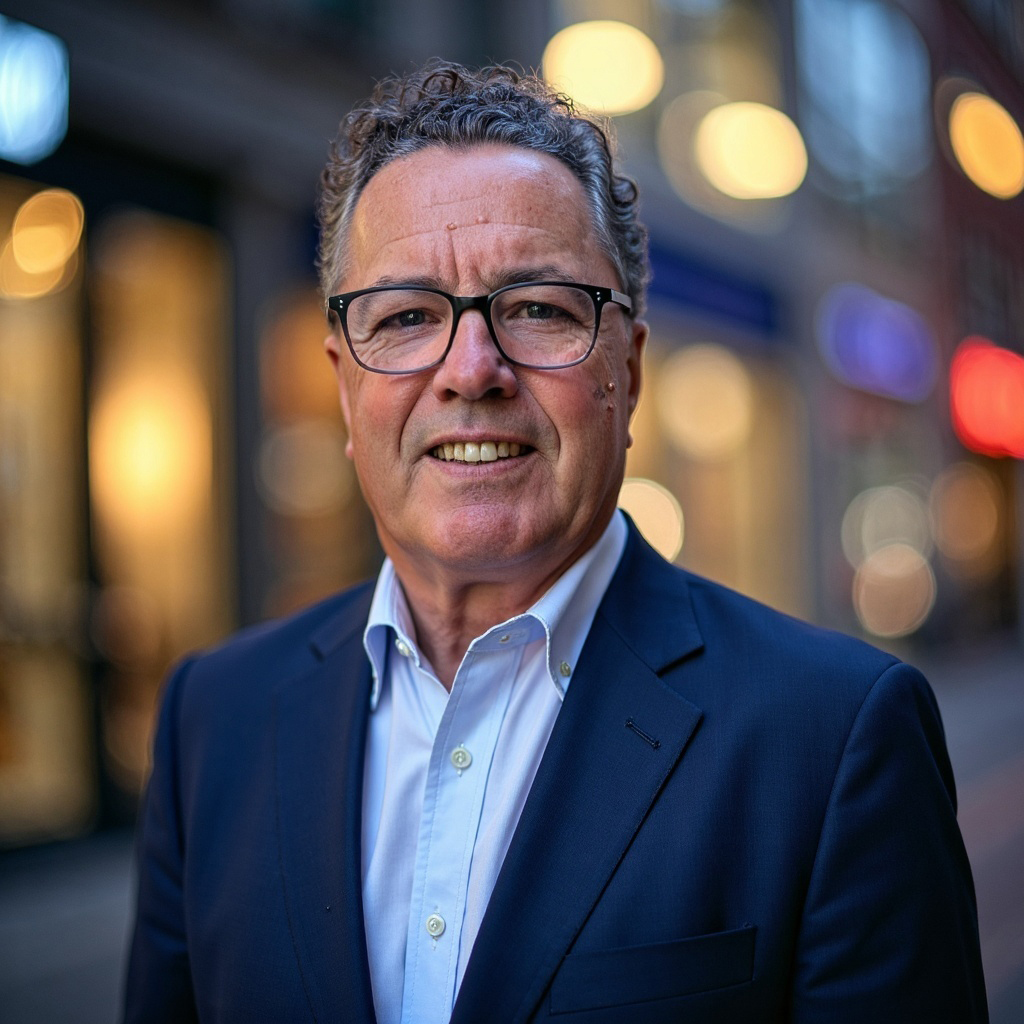From Inclusivity to Sustainability, the Strength of Corporate Culture Took Center Stage at the UK’s IICF Forum

Insurance is an industry that is fundamental to the global economy and as such is a force for good.
The industry supports the United Nation’s sustainability development goals, touching every one of the 17 SDGs, and is one of the few industries to do so.
At the Insurance Industry Charitable Foundation (IICF) UK Division’s 2022 Forum on Social Purpose and Inclusion, delegates from insurance organizations, including CNA Hardy, Berkshire Hathaway Specialty Insurance, AXA XL, Chubb, Lloyd’s and EY, gathered to discuss best practices and priorities within the industry, focusing on creating a more inclusive culture and furthering environmental, social and governance (ESG) initiatives.
Attendees of the forum gained new insights, exchanged ideas and discussed the impact creating a more equitable and inclusive culture could have on the insurance industry and on society.
Below are some of the key takeaways from the forum.
Inclusive Individuals to Drive an Inclusive Culture
In the first sessions of the day — The Role of Insurance in Shaping Social Impact and Inclusion and Advancing Ideas into Action — speakers focused on how individuals can become more inclusive leaders and colleagues and how they can drive a culture of inclusion within their organizations.
Simon Rodgers, head of diversity & inclusion at Axco, part of Wilmington plc., encouraged audience members to approach diversity and inclusion not as a problem to fix but rather as a solution.
Inclusion starts with confidence and belonging. Leaders looking to form an inclusive culture should seek to listen, have conversations with employees to learn what individuals care about and help individuals understand their purpose and how they can best contribute.
If employees feel heard and safe, they will buy into the culture and help strengthen it.
Diversity is not always visible, the speakers explained. Olivia Curno, CEO of Vision Foundation, stated that approximately 2 million people in the UK have sight loss, and 73% of that population is unemployed, representing a significant loss to the economy.
Implementing programs such as talk-to-text, larger fonts, braille on all signage, and investing resources into making work easier for those with sight loss can help attract candidates from a valuable population with a diverse perspective.
The final topic addressed how creating a culture of inclusivity and equity can help organizations both attract and retain talent.
When looking to recruit potential job candidates, Paul Krasilnick, director, people consulting, KPMG U.K., suggested considering both visible diversity, such as gender, ethnicity and age, as well as invisible forms of diversity, such as socio-economic status, to determine who is missing from the room.
Looking at who is and isn’t in the room can also help attract talent.
He said organizations can become more attractive to diverse candidates by removing barriers for candidates rather than simply helping them overcome challenges.
Kirsty Rogers, global head of ESG & managing partner of DWF Manchester Office, shared that organizations can also retain talent and mitigate the risk of “quiet quitters” by providing individuals with a purpose, helping them understand where they sit in the organizational chart and showing the company’s commitment to people and the planet.
Define and Deliver ESG
While ESG is a term that has quickly gained popularity over the past several years, many organizations still struggle to define and deliver their ESG strategies.
Each session throughout the forum included ESG as a theme, helping attendees better understand how to address ESG and reimagine ESG risks and opportunities through the lens of a customer.
A topic that struck a chord with many was the idea of human capital and its impact on risk.
Speakers discussed how organizations looking to authentically deliver upon ESG and find a different way of doing business must put human capital into the way they measure risk.
“Human capital” is a term used to designate personal attributes considered useful in the production process such as employee knowledge, skills, good health and education. As a social concept, human capital represents a key risk in the circular economy where everything is connected.
If aspects such as education and health struggle, so too do innovation and productivity.
As a part of any ESG strategy, human capital risk mitigation should start with confidence and belonging. Employees should be nurtured, challenged and supported in an authentic way that allows them to grow while expressing themselves.
As Lorna Fitzsimons, co-founder at The Pipeline said, “Your difference is your superpower.”
Continuing the theme of risk mitigation, speakers discussed how insurers can utilize their ESG strategy to strengthen their risk prevention programs.
Nick Martin, fund manager, global insurance team at Polar Capital, described ways in which insurers are partnering with nature and creating nature-based solutions to alleviate environmental and social risks.
Simple steps, he said, such as planting mangroves to reduce flood risk, are relatively simple ways insurers can alleviate risk while benefitting the environment as nature-based solutions can contribute to 37% of global CO2 mitigation.
This not only demonstrates good business practice but also highlights how the industry can be a force for good, he said.
Another theme discussed by speakers was the importance of the ‘S’ in ESG — the social aspect.
As Charles Beresford-Davies, managing director at Marsh, said, embedding ESG goals starts with the S. Individuals can only offer their best to the company, its clients and customers when they, themselves, are looked after.
Similarly, it is difficult to deliver on the E in ESG — environmental — unless people are involved and inspired. And there is no way to have good governance unless employees are included within those roles.
While the different aspects of ESG may seem to have a foot in different worlds, environmental, social and governance matters are often intertwined. One cannot function well without the others.
Where to Learn More
The industry continues to make strides toward becoming a more inclusive and equitable space, recruiting from new spaces and investing resources into diversity, equity, inclusion, accessibility and ESG strategies, but there is still work to be done.
Conversations such as those held at the 2022 IICF Forum on Social Purpose and Inclusion and programs and resources such as those generated by the IICF IDEA Council can help organizations implement strategies that are achievable, authentic and sustainable.
IICF is committed to fostering conversations on social purpose, inclusion and leadership and will continue to bring the industry together to inspire conversation, action and change by hosting events such as the upcoming 2023 Insurance Global Conference in New York City, June 13-15, 2023. &










